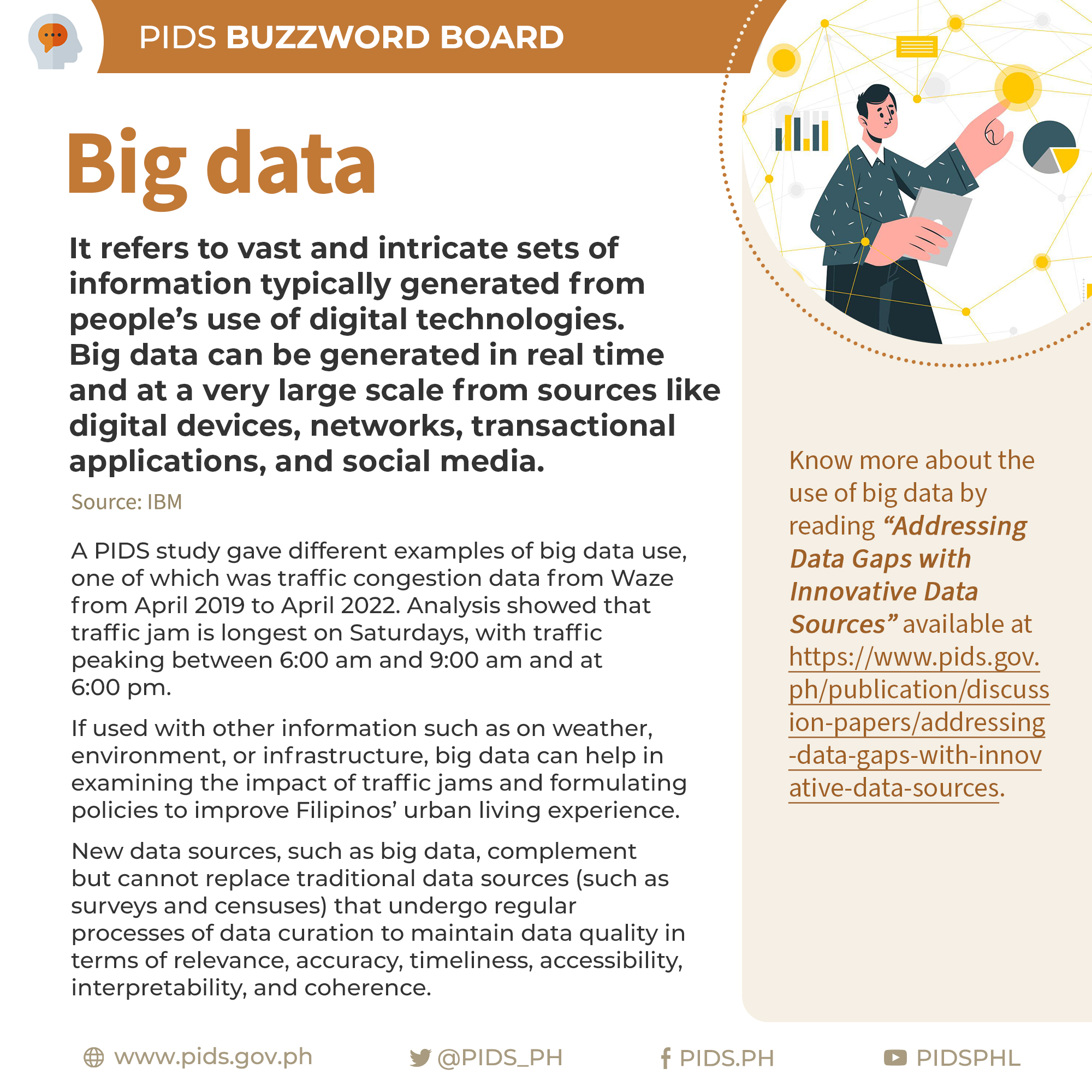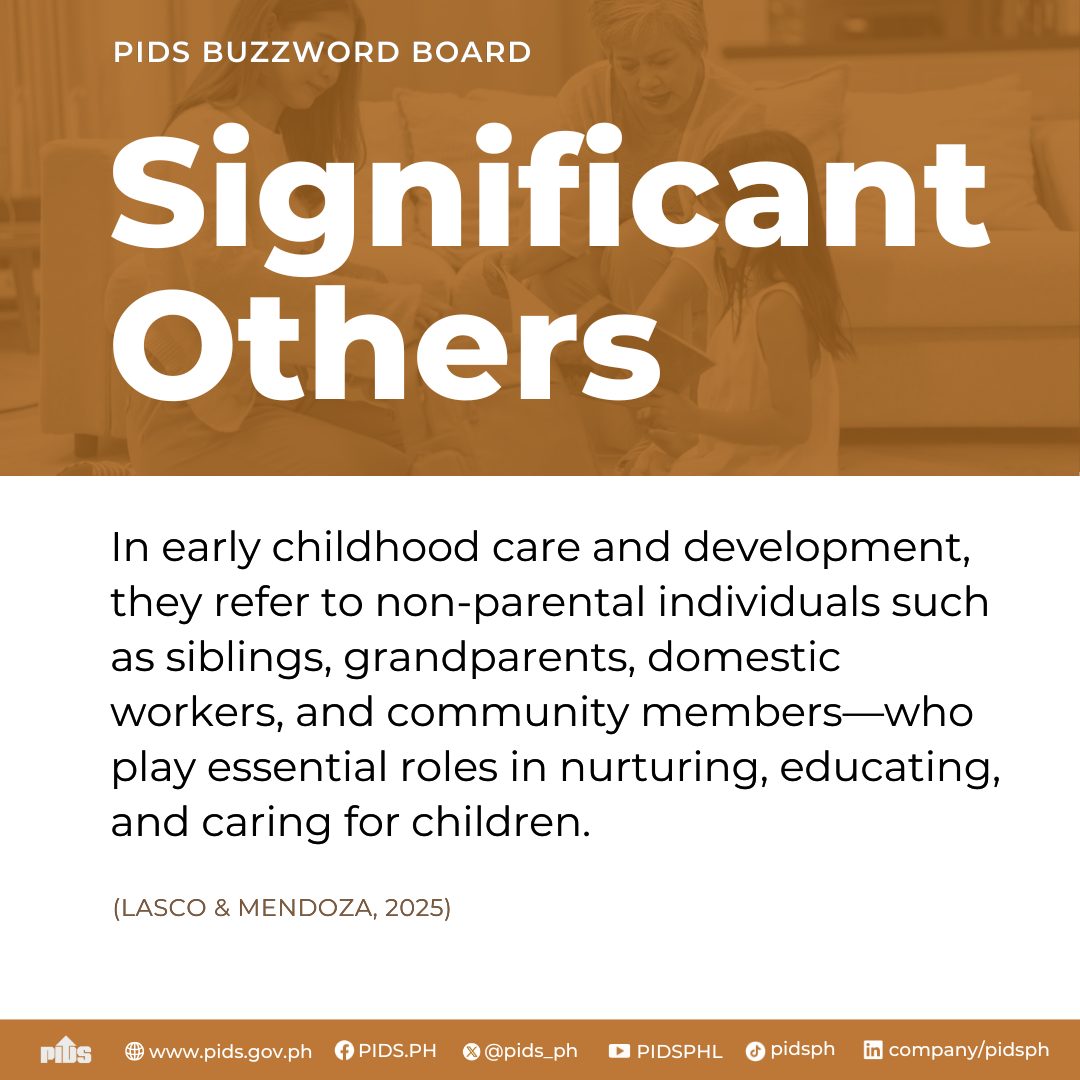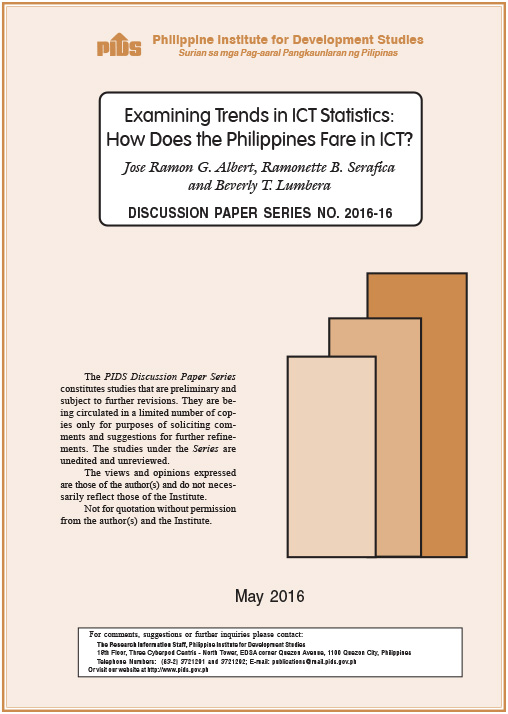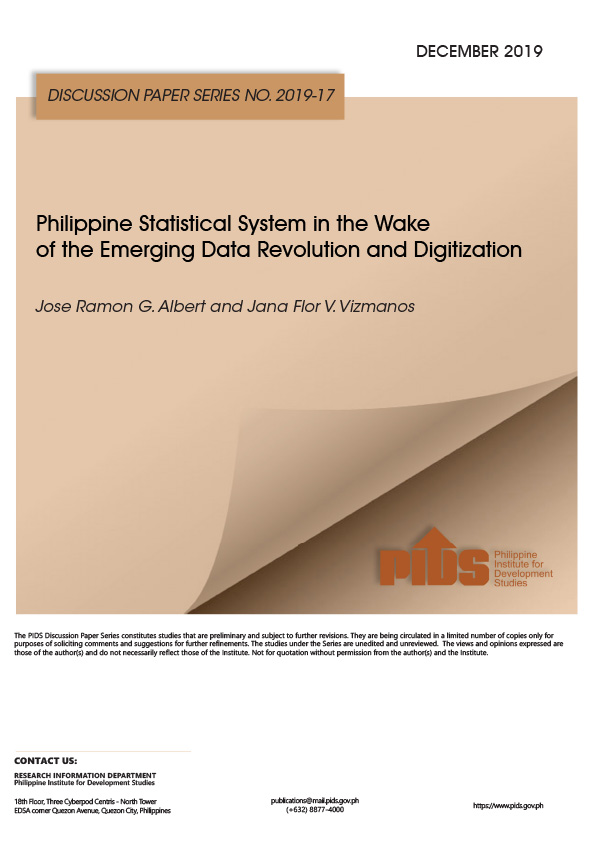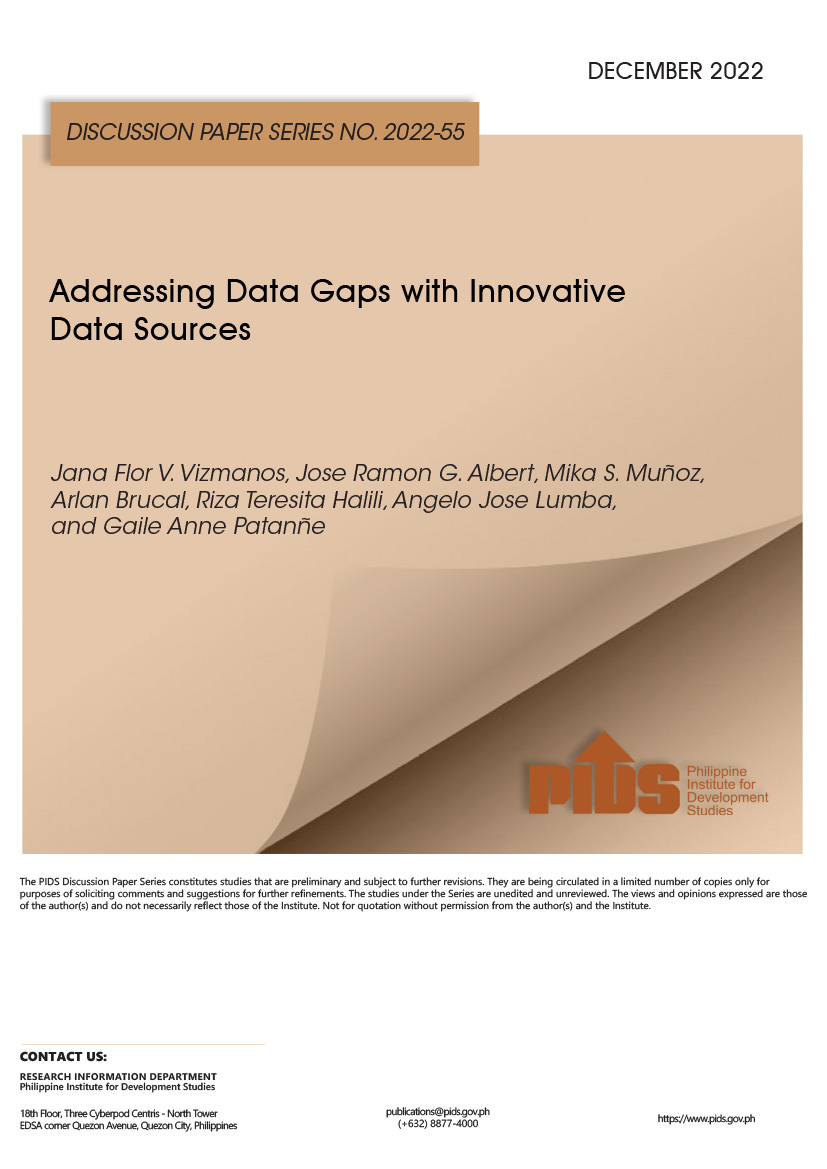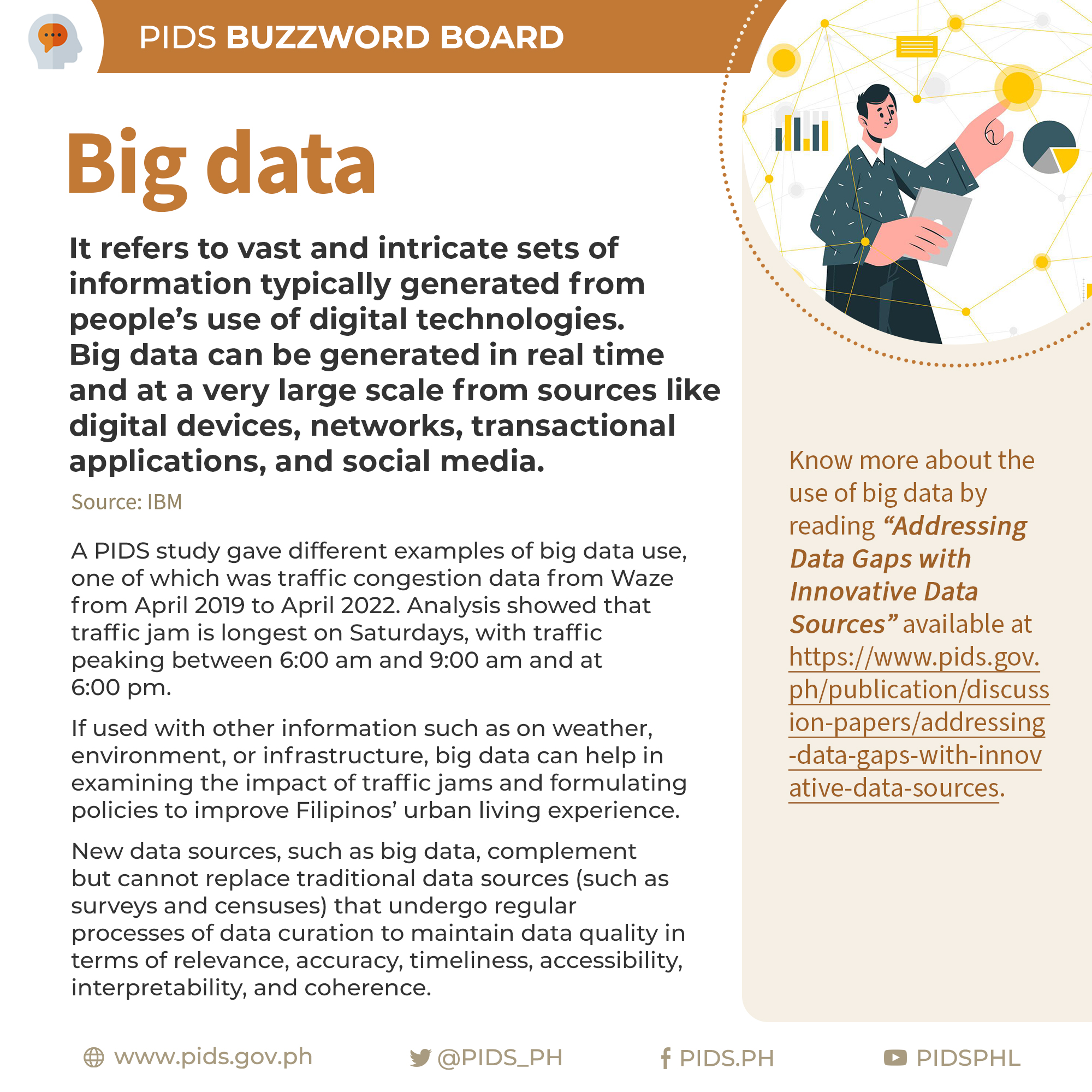
To familiarize everyone with key socioeconomic terms and concepts, we have this new social media series.
For this week, our buzzword is “big data”.
It refers to vast and intricate sets of information typically generated from people’s use of digital technologies. Big data can be generated in real time and at a very large scale from sources like digital devices, networks, transactional applications, and social media.
Source: IBM
A PIDS study gave different examples of big data use, one of which was traffic congestion data from Waze from April 2019 to April 2022. Analysis showed that traffic jam is longest on Saturdays, with traffic peaking between 6:00 am and 9:00 am and at 6:00 pm. If used with other information such as on weather, environment, or infrastructure, big data can help in examining the impact of traffic jams and formulating policies to improve Filipinos’ urban living experience.
New data sources, such as big data, complement but cannot replace traditional data sources (such as surveys and censuses) that undergo regular processes of data curation to maintain data quality in terms of relevance, accuracy, timeliness, accessibility, interpretability, and coherence.
Know more about the use of big data by reading “Addressing Data Gaps with Innovative Data Sources” available at https://www.pids.gov.ph/publication/discussion-papers/addressing-data-gaps-with-innovative-data-sources.
Gallery Images:
